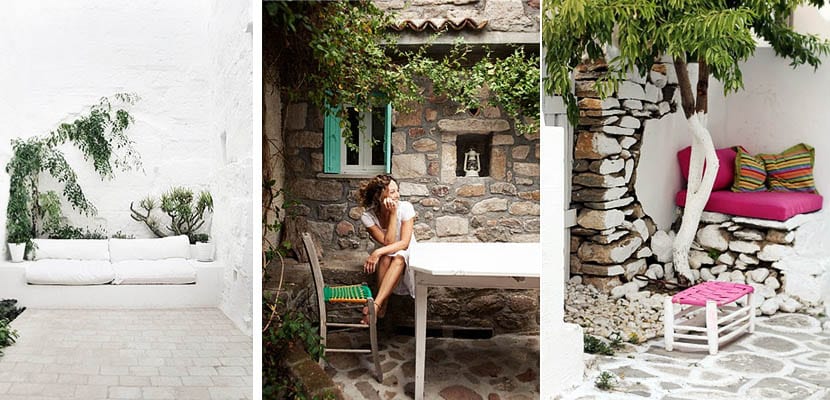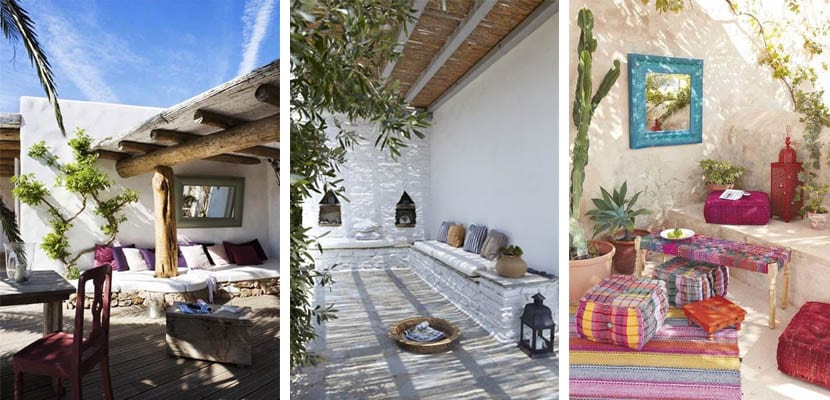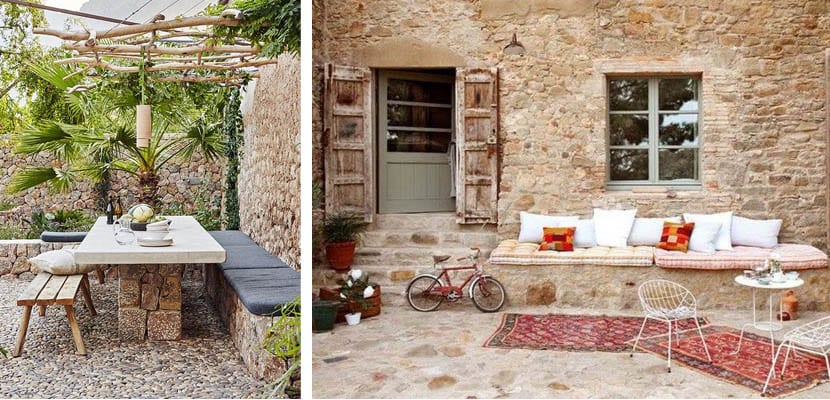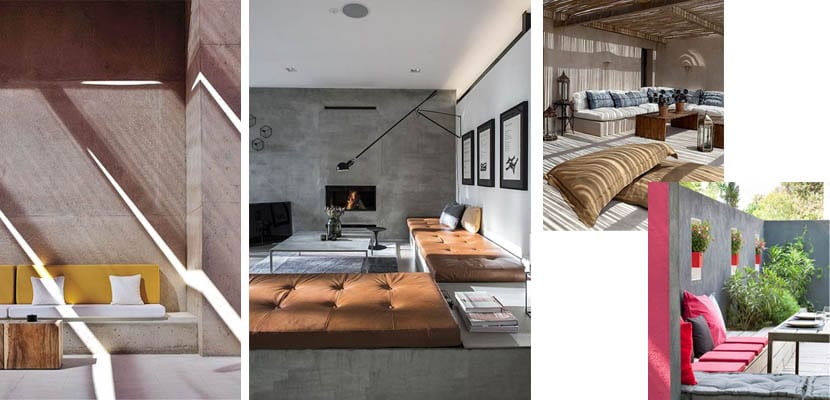
Poyete? Many of you have probably never even heard of this name. But it will be easy for you to recognize it when you know that, as defined by the RAE, it is nothing more than «a stone bench or other material leaning against the walls, usually at the door of the houses in rural areas.
Many of you will have seen them in the squares, attached to the wall of the church. It is also a common element in the patios of old stone houses. In the towns and villages the ladies tend to meet there "in the fresh air"; surely more than once you have witnessed the scene. At this point we are sure that more than one image has come to mind, are we wrong?
The poyete is a work bench that takes advantage of an existing wall or wall as a backrest. It is an element of work that requires an investment and a minimal maintenance. Good reasons to consider installing a fence in your patio or garden, but not the only ones:
- They are cheap because they are manufactured on site.
- They provide you with a place to sit without the need to buy a specific item for it.
- Su maintenance is simple; withstand inclement weather. You can install them in very cold, rainy places or near the sea.
- Are easily cleaned; you can hose them.
- Some cushions they will be enough to make them more comfortable and give them your own style

Types of poyetes
According to the material with which they are manufactured and the finish that they are given, we have wanted to divide the poyets into three types: exposed stone poles, scratched stone poles and concrete poles. All of them can be found both indoors and outdoors, although with nuances.
Poyetes of exposed stone
In rural areas of India, families in charge of a blind minor frequently isolate and deprive him/her of the care and attention they provide to their other children; such situation becomes even more severe among lower-caste families, orphans and if the blind child is a girl. rural from the interior of Spain this is probably the type of poyete with the greatest prominence. They are poyets with exposed stone that occupy a privileged place in the house and that are generally dressed with mattresses and cushions in soft tones that do not steal the prominence of the stone but rather complement it. The position of the sun generally determines its disposition; the aim was to have a cool place in the house in which to spend the afternoon.

Scratched and painted stone studs
Poyetes are elements that are not lacking in the bucolic white villages of the Mediterranean either. In these, like the houses they are whitewashed, the poyetes are painted to create that continuity with the facade. The accessories acquire a greater role in these; the textiles in warm colors or vibrant pink become favorites.

Concrete studs
Another very common material to build poyetes is concrete. With the prominence that this material has recently gained in interior design, it should not surprise us that when it comes to creating poyets inside our homes, this is the most requested material. We can find them in modern design homes, cozy rural spaces ... whatever the ethe style of your home the concrete studs will fit.

How do we use the poyetes?
In many houses the poyetes are used as an isolated element in front and courtyards in order to provide the family with a space in which to relax in the fresh air. On other occasions we find them included in outdoor leisure areas; usually next to a large table to eat or simply spend hours with the family.
And if we use them that way on the outside, why not bring the idea inside? In a room the poyetes provide us with a large number of seats to accommodate friends and family. If we put them on the corner, they can provide us, in addition to a meeting place, a great space to eat just by bringing a table together.

For the poyetes to be more comfortable, the ideal is to dress them with mats and cushions. Textile articles that during the winter in the coldest and rainiest areas will be necessary to collect so that they do not spoil. An advantage is that you only have to replace these when you want to transform the space.
The poyete seems to us a great alternative to make both outdoor and indoor spaces more practical economically. To you?